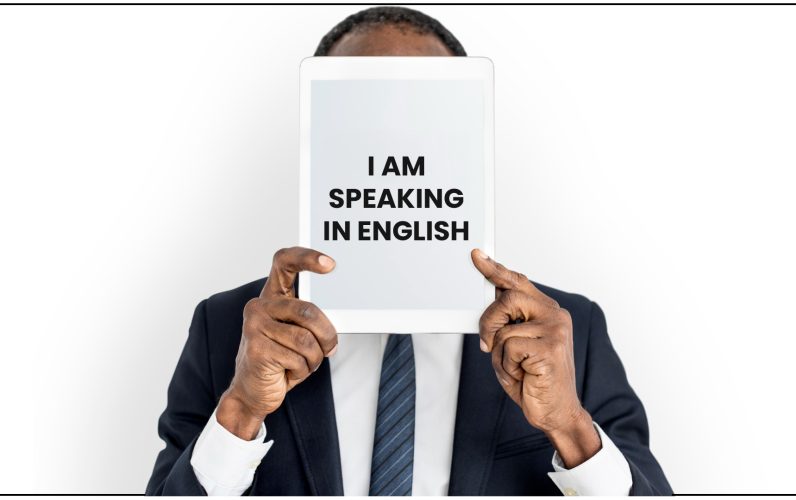In a world that prides itself on diversity and inclusivity, it’s often disheartening to encounter moments when communication becomes an uphill battle. As a Black person living in Scotland, I have often found myself in situations where my accent becomes a barrier to being heard and understood. Interestingly enough, I have noticed a pattern when it comes to communicating with White people. There are those who are genuinely engaged and not failing to ask to repeat myself if they did not hear what I said – this is making an effort to comprehend. Then there are those who seem unable to move past the colour of my skin by gazing their eyes at my face as oppose to opening their ears to my words. It is this stark contrast that has led me to a thought-provoking realisation: the difficulty they experience in comprehending is not due to a lack of audibility, but rather a resistance to adapt to an evolving environment.
It is worth acknowledging that language, with its intricacies, can present challenges even among individuals from the same cultural background. However, it is the intersectionality of race and accent that adds an additional layer of complexity to these communication barriers. As I engage in more and more conversations, I have observed a distinct disparity between those who are open-minded and those who cling to preconceived racial notions. Those who are genuinely attentive and open to diverse experiences seem to effortlessly understand my words, regardless of any accent I may possess. On the other hand, there are those who, rather than listening, fixate on the colour of my skin, as if encountering a Black person is an entirely alien experience.
Now, let me point that this observation is not meant to generalise the entire White population, instead, it aims to shed light on a particular subset of individuals who may struggle to adapt to a changing world. While progress has undoubtedly been made, it is clear that some still find it difficult to navigate the complexities of our diverse society. Perhaps it is a fear of the unknown, an unconscious bias, or a lack of exposure to different cultures that hinders their ability to understand and appreciate accents outside their own realm of familiarity.
In a society that champions diversity, we should encourage everyone to embrace the richness that arises from various accents and cultural backgrounds. Communication is a two-way street, requiring effort and open-mindedness from both speakers and listeners. While it is the responsibility of the speaker to articulate themselves clearly, it is equally important for the listener to actively engage and seek understanding. Only then can we bridge the gap between different linguistic and cultural landscapes.
My suggestions to move forward will be by addressing this issue collectively. Institutions should prioritise teaching cultural competence, fostering an environment where everyone learn to welcome diverse accents and ethnicities. Additionally, workplace training programs should focus on promoting effective communication skills, including active listening. By equipping people with the tools necessary to understand and appreciate accents, we can promote an atmosphere of inclusivity that celebrates the diversity of voices.
Media representation is not left out, it should reflect the reality of our multicultural society – and I do not mean by the difference in skin colour, but by the differences in accents.
By showcasing a diverse range of accents and racial backgrounds, this may help to challenge stereotypes and promote a more accurate portrayal of different cultures. This not only helps individuals see beyond the colour of someone’s skin but also creates an environment that normalises diversity in all its forms.


